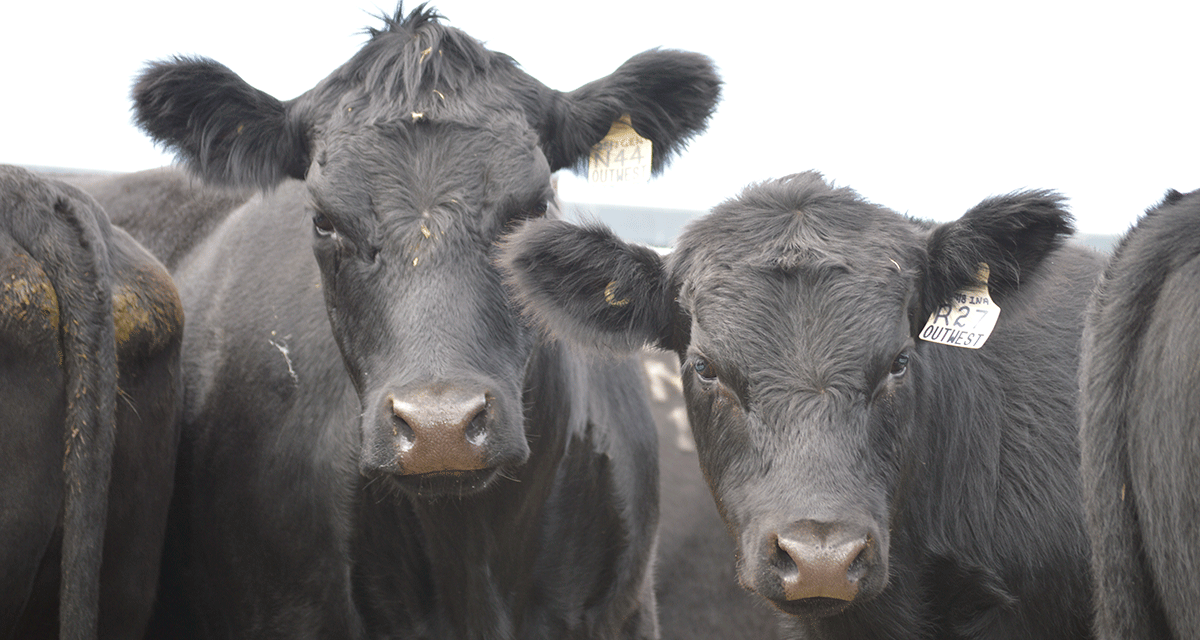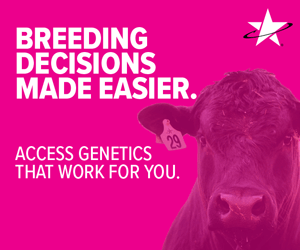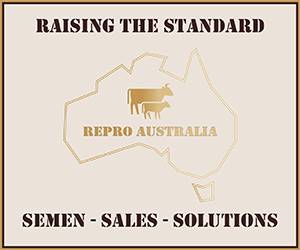The term “curve bender” has been loosely used in the industry for some time to explain the effect of selecting for increased growth while maintaining birth weight in breeding decisions.
The term refers to bucking the trend or the expected result when selecting just on growth, which given the correlation between growth traits would simply lead to heavier cattle from birth through to maturity.
Heavier cattle at birth have a negative desirability for cattle breeders due to the inherent increase in dystocia and decrease in vigour in freshly born calves if the birth weight reaches a point where it affects calving ease. Due to this consideration, cattle breeders have placed strong emphasis on the genetics used in their breeding programs to maintain the weight of calves being born despite selecting heavily on growth at the same time.
Maintaining Birth weight
Since the year 2000 there have been between 25,000 and 40,000 individual birth weights submitted each year for analysis in the TransTasman Angus Cattle Evaluation (TACE). The average birth weight of Angus calves has consistently been between 36 – 37 kg, with very minimal increase observed over time. The only exception is in drought years where a slight decline in birthweights was observed in those seasons (Figure 1).

Figure 1. Average birth weight measurements collected and analysed in the TACE analysis for calves born between the year 2000 and 2020.
When reviewing the genetic trend of Estimated Breeding Values published for the same period on the same group of cattle, it can be seen that the genetic trend has strong correlation to what seedstock breeders actually experienced in the paddock with regards to their birthweight measurements, with the average Birth Weight EBV remaining close to +4.0. (Figure 2).

Figure 2. Average Birth Weight EBV of Angus cattle born between the year 2000 and 2020.
Some consideration to birthweight fluctuations in genetic trend could be attributed to the national herd rebuild and the higher number of heifer joinings being conducted and therefore many seedstock breeders choosing to focus part of their program on suitable heifer joining sires with desirable Calving Ease EBVs.
Increasing Growth
The ability of Angus seedstock breeders to hold birth weight at a consistent weight for more than two decades is only part of the success story for commercial Angus beef production, with a considerable increase in growth rate observed during this period.
As an indicator of progeny sale weight, the yearling (i.e. 400 days of age) weights for Angus cattle show a 42 kilogram increase between the year 2000 to the year 2020 (Figure 3).

Figure 3. Average yearling weight measurements collected and analysed in the TACE analysis for calves born between the year 2000 and 2020.
This improvement in yearling weight of more than 2kg/year has led to significant inroads for commercial cattle producers to achieve their production goals. The two clear advantages of this selection are that progeny are now meeting their target weight earlier and therefore can be sold earlier and kept for less time or possibly reach the critical mating weight more easily in a self replacing situation. Alternatively, if the producer was to hold the progeny for the same duration of time as they did in the year 2000, the progeny would be heavier and therefore have a higher sale value. Both are clear advantages for the commercial cattle breeder utilising Angus genetics.
The trend in yearling weight measurements is supported by the genetic trend for the same period of time, with 38 of the 42 kilograms of increased yearling weight being attributed to genetic improvement during this period. (Figure 4).

Figure 4. Average 400 Day Weight EBV of Angus cattle born between the year 2000 and 2020.
The ability of Angus seedstock breeders to maintain birthweight and increase growth is a clear outcome of utilising genetic selection tools such as Estimated Breeding Values (EBVs) and selection indexes to mould the Australian Angus population for improved profitability in commercial beef enterprises.
Cows on the way up also
While birth weight remained unchanged asthe growth of young animals increased, there has also been an increase in the weight of mature cows in the Angus breed during this period.
Since the year 2000, mature Angus cows at 5 years of age have increased in weight by 43 kilograms based on the weights collected by Angus seedstock breeders and analysed in the TACE analysis (Figure 5).

Figure 5. Average mature cow weight measurements collected and analysed in the TACE analysis for cows at 55 years of age between the year 2000 and 2020.
The rate of phenotypic gain is clearly explained by the genetic trend (Figure 6) for the same period, which both indicate yearly increases in mature cow weight of approximately 2 kilograms per year.

Figure 6. Average Mature Cow Weight EBV for Angus cows between the year 2000 and 2020.
What does the future look like?
The genetic improvement that has occurred between 2000 and 2020 is a testament to the Angus seedstock breeders across Australia, and particularly their dedication to the adoption of breeding technologies like AI and ET, along with genetic tools like Estimated Breeding Values.
With tools like genomics now providing genetic information for an ever increasing number of economically important traits, Angus seedstock breeders have been tasked with the challenge of continuing the improvement in growth without any increase in birth weight, while improving other traits at the same time.
Angus breeders will be particularly faced with decisions regarding the direction of their individual herds around the benefits and disadvantages of continuous selection for growth without equal consideration to the weight of the mature cows. This of course will be different for individual herds depending on their feed availability throughout the year and the markets they supply.
Take Home Messages
- Angus seedstock breeders have been able to deliver superior genetics to the commercial cattle industry by way of maintaining birthweights for two decades while increasing the weight of yearling cattle by 40 Kilograms or 2 kilograms per year on average
- Increased yearling weights are allowing commercial cattle breeders to turn cattle off earlier as they have made weight, to keep them for the same period of time but have them at a heavier weight for sale and to meet critical mating weights in self replacing herds with ease
- Mature cow weights have increased at similar rates to yearling weights and will need to be considered in each herd as to the advantages and implications of heavier cows with increased input costs for future profitability
- Genetic trend modelling closely aligns with the phenotypic trends since the year 2000 which highlights the value of utilising breeding and genetic selection tools such as EBVs to make change in individual herds, the breed and indeed the industry over time.






